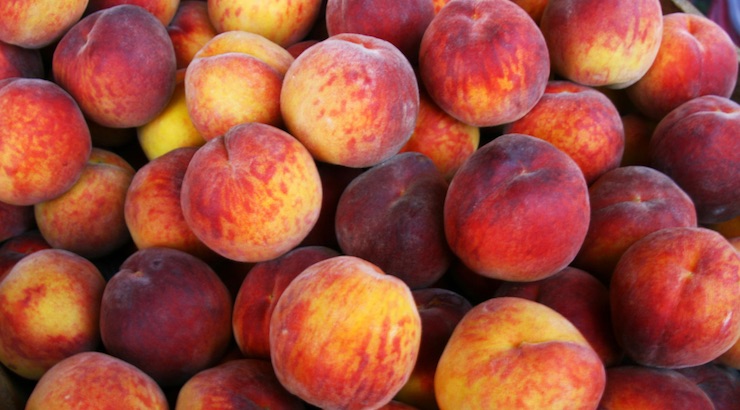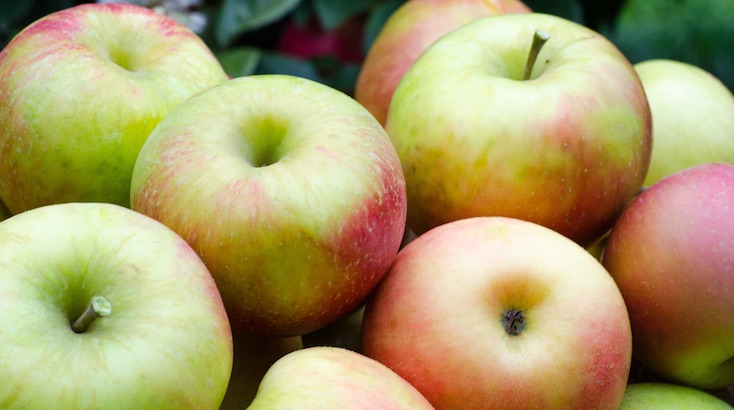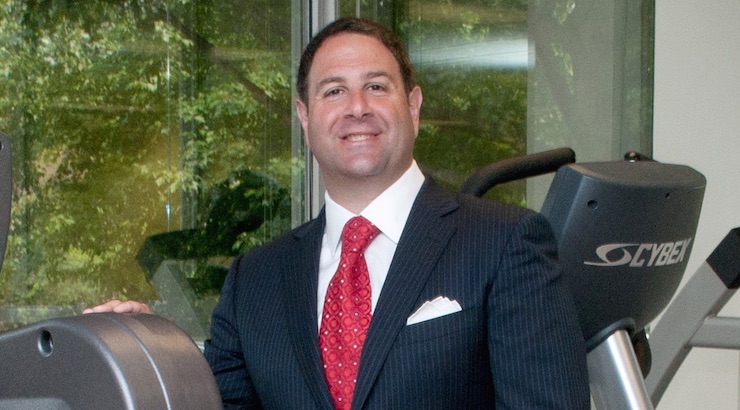Preparing For The Fall Soccer Season With John Gallucci Jr.
As the youth soccer fall season kicks off, here are some important tips for good nutrition and ideas on how to minimize injuries from John Gallucci Jr., MLS Medical Coordinator.
Start the Fall Off Right
Youth Soccer News: September marks the start of a new school year for most, but for those in the soccer world, it also marks the kick-off of the U.S. Soccer Development Academy season as well as the beginning of many other soccer leagues around the USA.
Due to the jam-packed schedules filled with school, homework, practices and games of a student athlete, it is important to remember the following tips to keep the body working at peak performance levels:

Nutrition: Youth and teenage athletes must develop good eating habits that will last them a lifetime.
This is the best time to introduce a healthy lifestyle, so they can make the connection between input and output; what we put into our bodies is directly linked to what we get out of our bodies.
A bag of chips won’t get you through a 90-minute game in the hot afternoon sun.
A few tips to remember: eat breakfast seven days a week, eat three to four balanced meals at the same time each day.

Have a nutritious mid-morning or mid-afternoon snack, eat two to three pieces of fresh fruit per day, eat four to five servings of fresh vegetables each day, eat lean, low-fat proteins (chicken, tuna, steak) at each meal.
Also, have a nutritious snack an hour before a workout — game or practice. Have a nutritious snack 30-45 minutes post workout, and eat a well-balanced meal two to three hours before competition

Hydration. Our bodies crave water! This becomes especially true during periods of high-intensity activity or extended heat exposure.
In order for our bodies to function at high levels for extended periods of time, we need to start the day off well hydrated and continue to replenish fluids throughout the day as we lose them.

Water consumption should begin 72 hours before activity by drinking six to eight, 8-ounce glasses of water per day.
During an activity, one should drink six ounces of fluid (preferably water) every 15 minutes and should then rehydrate following activity with 32 ounces of liquid per 1 pound of fluid loss.
A good night’s rest. Although sleep is most times overlooked when planning out a training regimen, it should be considered as equally important as nutrition and physical conditioning.

Sleep experts have been studying the effects of sleep deprivation for many years and have determined that the lack of sleep affects the athlete greatly in the following ways:
- Slowed Reaction Times- A slowed reaction time of even one second due to mental fatigue from sleep deprivation can make all the difference on a soccer field. Sleep studies on athletes have shown that a single “all-nighter” has decreased reaction times by up to 300%.
- With that in mind, imagine standing in front of a goal when the soccer ball comes flying at you! Slowed reaction times lead not only to missed pass or goal opportunities but can result in injuries as well.
- Increased Injury Rates- While we sleep our bodies use this time to repair, regenerate and re-energize.
- After a long practice or game, when an athlete has fatigued their body and mind, sleep becomes crucial. Muscle fatigue and breakdown, which occurs after strenuous activity, needs adequate time to heal for the muscles to repair and regenerate before the next activity in order to refrain from injury.
- Elevated levels of cortisol, a stress hormone, has also been shown to interfere negatively with tissue repair and growth As discussed above, sleep deprivation can also lead to slowed down reaction times which can lead to injury in the form of a collision with another player or being hit by a ball you didn’t see coming your way.
- Energy Storage- Glucose and glycogen (stored glucose) are the main sources of energy for athletes. In a healthy athlete, glucose is stored in the muscle and is released as the body is put under physical stress.
- Those who are sleep deprived may experience lower energy storage levels, which is needed to perform at peak levels in endurance events like soccer.

To Hellp Minimize Injuries –Listen to your body.
No one knows your body better than you which is why it is very important that you listen to your body and the clues it is giving you!
If you are noticing a nagging injury that just doesn’t seem to be going away, are feeling sluggish or extremely tired or are no longer improving or surpassing your PR’s it is a good sign that your body needs time to rest and recover.
Do not ignore these signs or symptoms because neglecting them will only lead to a more serious injury and a longer recovery time.
Makes sense?
For more information in regards to common injuries and rehabilitation, please be sure to check out Soccer Injury Prevention and Treatment: A Guide to Optimal Performance for Players, Parents, and Coaches written by John Gallucci Jr., MS, ATC, PT, DPT.
John Gallucci’s book is available on Amazon on his JAG Physical Therapy site.
RELATED ARTICLES: In Soccer: What To Expect While Recovering; ACL INJURIES: Why Female Soccer Players Are At Greater Risk & What You Can Do Related and Preventing Injuries In Soccer & Why Goalies Are Different







